2014.10.04 12:45
Sticks and Stones and all that Matter
Agadir is more an offspring of Le Corbusier's Palais des Congres a Strasbourg (1964)--exchange level 3 and the roof of Strasbourg and you get Agadir.
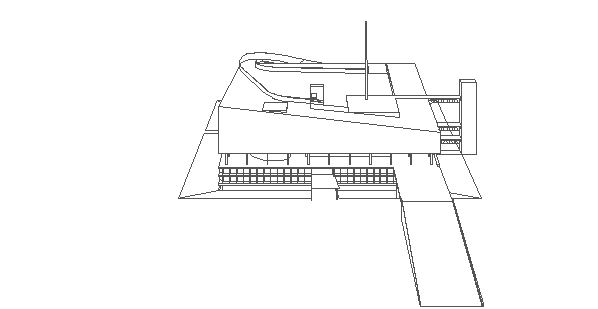
2014.10.13 17:15
12 October
...whole sections of Pewter Wings Golden Horns Stone Veils have now opened up...
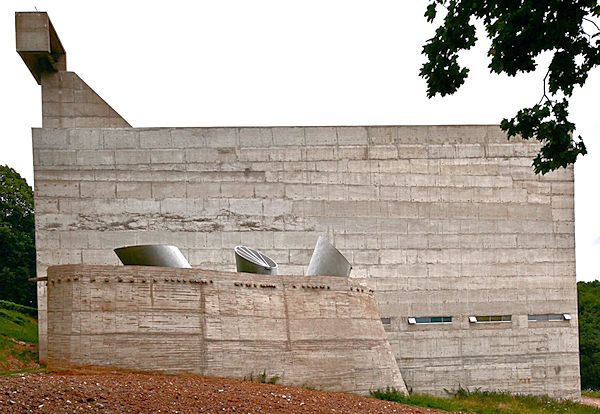   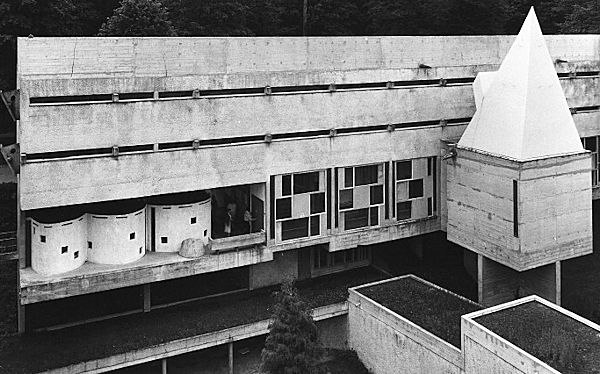 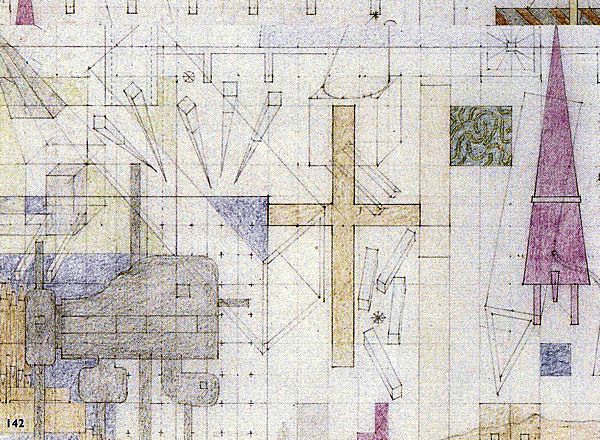 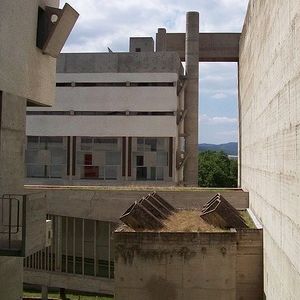 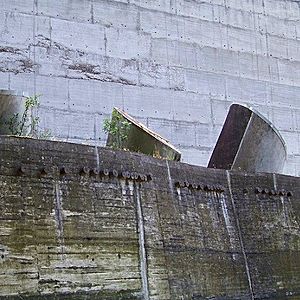 
| |
2015.01.30 14:33
Quo vadis, Charleston architecture?
The façade of the Clemson building works nicely with the rhythm of the building façade across the street it aligns with. Likewise, the color of the new design blends in, and a nice completion of the intersection is also achieved. The street side façade (at least in one of the design versions) is to act as a trellis for plant growth, thus evoking the side garden/porch of the 'traditional' Charleston house. The notion of institutional scale overall is played out on the main façade via the gaps between the three bays, an inverted evocation of the tall columns of the 'temple' down the street.
On a more contemporary note, the building's literal and phenomenal transparency is refreshing, marking the openness of the institution itself.
2015.01.30 17:03
Quo vadis, Charleston architecture?
EKE, there is no real intact Charlestonian character to keep. Can you honestly say that the immediate surroundings of the Clemson building exhibits an intact Charlestonian character?
You (traditionalists) are just talking the 'ideals' of Charleston, while avoiding the actual realities of the place. The Clemson design would in no way destroy some so-called intact Charlestonian character. Rather, as I already said, the Clemson design would actually enhance its context via its quality and sensitivity.
2015.02.02 13:04
13 March
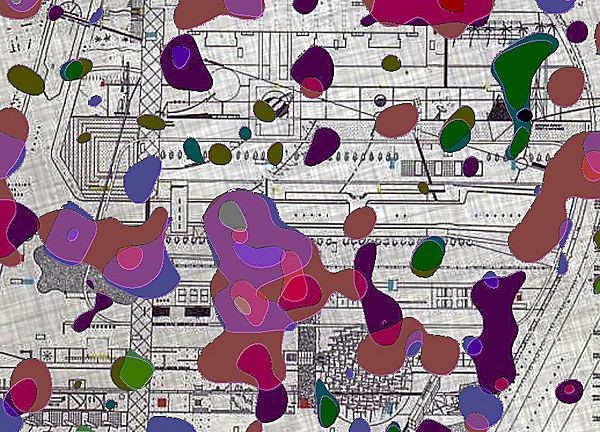
Proposed poster design for the Metabolization of History lecture series at Germantown Avenue University of Architecture.
| |
2015.02.03 15:14
Blah
Reading Ghirardo's and Sartarelli's 1980 translation of Tafuri's "The Historical 'Project'" alongside d'Acierno's and Connolly's 1987 translation of Tafuri's "The Historical 'Project'" is a very strange experience. A lacuna appears and your mind starts comprehending a whole new and bizarre 'translation' of its own invention. I want to write that translation down.
2015.03.08 11:26
The Battle of the Ancients and the Moderns (sequel #______ )
So what's the battle?
Saying that "we find modernism's inception in the 14th century, or at least sometime during the Enlightenment" is proof of what (victory) exactly?
Perhaps the birth and rise of subjectivity is the real origin of the modern. Or, put better, true modernism is the culmination, or apotheosis even, of the triumph of subjectivity over objectivity.
2015.03.08 12:23
The Battle of the Ancients and the Moderns (sequel #______ )
But the Anasazi cliff ruins had no mechanized plumbing, no electricity, no mechanized heating. Surely, what is generally known as 'modern' architecture today does not exist without advanced technology.
2015.03.08 12:45
The Battle of the Ancients and the Moderns (sequel #______ )
So what are the advanced technologies that the Great Pyramids, Machu Pichu, Ise, Chichen Itza, Pont du Gard, the Acropolis would not exist without?
2015.03.08 13:27
The Battle of the Ancients and the Moderns (sequel #______ )
But the Anasazi cliff ruins had no mechanized plumbing, no electricity, no mechanized heating. Surely, what is generally known as 'modern' architecture today does not exist without advanced technology [as mentioned above: mechanized plumbing, electricity, mechanized heating].
So what are the advanced technologies that have not been lost that the Great Pyramids, Machu Pichu, Ise, Chichen Itza, Pont du Gard, the Acropolis would not exist without?
Note that "Some of which have been lost." is a euphemism for "We don't know anymore how they actually did it."
'Modern' architecture, as it is generally known today, exists, obviously, without lost technologies.
Perhaps a more appropriate way to distinguish architectures is to categorize them via the technologies that the existence of the varying architectures are dependent upon.
2015.03.08 18:42
The Battle of the Ancients and the Moderns (sequel #______ )
So you're simply saying that the Anasazi and the Inca were superior moderns and those from the Bauhaus and their followers were inferior moderns, and where exactly does that supposition get us?
And I'd still like to see some pictorial examples of those ski and hiking huts, to see whether they are modern in style but not necessarily modern in design.
| |
2015.03.08 18:54
The Battle of the Ancients and the Moderns (sequel #______ )
I guess so. The technology advances, but the architects get worse. Does that about sum it up?
2015.03.08 19:52
The Battle of the Ancients and the Moderns (sequel #______ )
Maybe it's just me, but those buildings don't look particularly modern in style or design.
I'm reminded of Le Corbusier's Mattias Errázuris house (1929-1930) and it's use of 'traditional' construction. Is the Mattias Errázuris house an example of modern design in 'traditional' style? Or, would it be more correct to say modern design in vernacular style?
Just to note, the Mattias Errázuris house does have 'modern' bathrooms and a mechanized kitchen.
2015.03.09 11:36
The Battle of the Ancients and the Moderns (sequel #______ )
I have no idea why you say I'm trying to put "classicism" and "modernism" in black and white.
You say, "I really believe what makes a difference is whether you have to (or you want to) "ornate" or "compose" a solution to make it work, rather than put the emphasis in space, light and materials without ornate and without the canons of classical composition." This is the first time I'm reading this, so I definitely never said anything for or against it.
As to the rest, it's all conjecture at best.
A strong case could be made that social evolution follows technologies. In fact, that's a sub-theme of Downton Abbey, even.
2015.03.09 14:49
Orange County legislators fail to save Paul Rudolph's Government Center
It's David Schwarz, by the way. The best of the office's output is the straight-on "classical" work. The modern and post-modern styled works are mediocre. I admit to being surprised as to the size and extent of the "classical" work, and it seems fitting for this work to be for larger institutions.
Although the "classical" work is the best of the office's output, it is still just average when compared to the vast amount of very good classical architecture to learn from. My main critique of the American classical architecture designed today is it's timid, textbook style.
2015.03.09 15:03
Orange County legislators fail to save Paul Rudolph's Government Center
Albeit "forward the discipline" is not a term I used, I'll repeat what I just wrote:
Although the "classical" work is the best of the office's output, it is still just average when compared to the vast amount of very good classical architecture to learn from. My main critique of the American classical architecture designed today is it's timid, textbook style.
The fact that "classical" architectural design has elaborately evolved over the years from 500BC to the nineteenth century is not at all evident in the (American) classical architecture being built and designed today. The ongoing innovation that classical design once was is simply absent now.
|